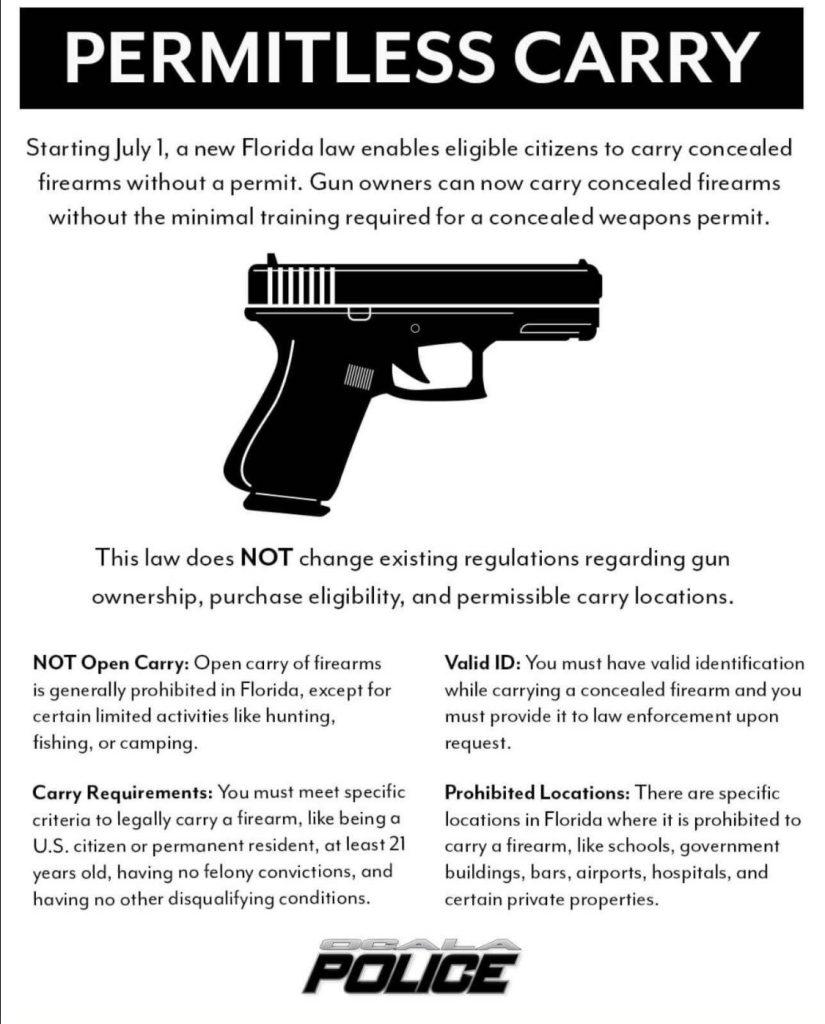Table of Contents
- States Refine Definitions of Restricted Areas Under Campus Carry Laws
- Legal Experts Analyze Impact of Revised Campus Carry Exceptions on University Safety
- University Administrators Address Compliance Challenges with Updated Legislation
- Policy Recommendations for Balancing Campus Security and Second Amendment Rights
- To Wrap It Up
States Refine Definitions of Restricted Areas Under Campus Carry Laws
Several states have moved to sharpen the language surrounding where firearms are prohibited on college campuses, ensuring clearer compliance for both students and staff. These refinements specifically target areas that were previously ambiguous, such as certain academic buildings, dormitories, and special event venues. Lawmakers focus on distinguishing between general access zones and restricted spaces to balance safety concerns with the rights afforded under campus carry laws.
The updated regulations often include precisely defined boundaries and expanded lists of restricted areas, which may include:
- Research laboratories and high-security facilities
- Campus childcare centers and student health services
- Sporting events and large auditorium gatherings
- Administrative offices where sensitive information is handled
By refining these definitions, states aim to reduce confusion and potential legal disputes while maintaining public safety. Educational institutions are also tasked with clearly communicating these changes to their communities to ensure awareness and compliance.
Legal Experts Analyze Impact of Revised Campus Carry Exceptions on University Safety
Legal professionals specializing in education and constitutional law have expressed diverse perspectives on the recent amendments clarifying exceptions within campus carry legislation. While some experts commend the changes for delineating clear boundaries-such as prohibiting firearms in certain facilities and during specific events-others caution that such revisions may introduce complexities that challenge enforcement and compliance. The nuanced language now details exceptions related to residence halls, sporting venues, and university-led events, contributing to a patchwork of rules that both students and staff must navigate carefully.
Key highlights from the legal analyses include:
- Enhanced clarity: Revised statutes articulate explicit no-carry zones, aiming to reduce ambiguity that previously led to inconsistent interpretations across campuses.
- Enforcement challenges: Officials must adapt policies and training to manage the layered exceptions effectively, which may require additional resources.
- Safety implications: Some experts warn that the exceptions, while designed to bolster security, could inadvertently create loopholes exploited by unauthorized individuals.
- Constitutional balance: The legal community continues to weigh the tension between Second Amendment rights and the imperative to maintain safe, secure educational environments.
University Administrators Address Compliance Challenges with Updated Legislation
Recent legislative amendments across several states have prompted university administrators to revisit their policies to ensure alignment with the refined legal frameworks governing campus carry. These changes aim to better define exemptions and restrictions, providing clearer guidance on where and how firearms can legally be possessed on university grounds. Administrators are now tasked with implementing updated protocols that balance effective compliance with the safety concerns of students, faculty, and staff.
Key priorities outlined in the revised laws include:
- Defining sensitive areas such as classrooms, dormitories, and sporting venues where firearms are explicitly prohibited.
- Clarifying responsibilities of campus security in enforcing carry restrictions without infringing on constitutional rights.
- Enhancing communication strategies to inform the campus community of updated policies and exceptions.
Policy Recommendations for Balancing Campus Security and Second Amendment Rights
To ensure both campus safety and respect for constitutional rights, legislators are urged to develop clear, consistent guidelines that delineate where and how firearms may be carried on college grounds. This involves close collaboration between university officials, law enforcement agencies, and advocacy groups representing both security interests and Second Amendment supporters. Key policy measures should include designated zones where firearms are prohibited, comprehensive training requirements for permit holders, and robust communication protocols to swiftly address security concerns without infringing on legal rights.
Recommendations emphasize the importance of transparency and education to foster community trust. Institutions should implement:
- Regular campus-wide briefings explaining carry policies and safety procedures
- Clear signage marking restricted areas to avoid confusion
- Accessible reporting channels that allow students and staff to raise safety issues confidentially
- Periodic reviews of policy effectiveness to adapt to evolving security dynamics
These steps aim to create an environment where students and faculty can feel secure while preserving lawful gun ownership rights responsibly.
To Wrap It Up
As states continue to refine campus carry laws, these recent revisions aim to provide clearer guidelines and address concerns from educational institutions and students alike. By specifying exceptions and enhancing clarity, lawmakers hope to balance public safety with individual rights on college campuses. Ongoing dialogue among policymakers, university officials, and community stakeholders will be essential to ensure these laws are effectively implemented and responsive to evolving campus environments.Check Our Other Blogs
- StunGun – Your Trusted Source for Stun Guns, Laws, and Self-Defense Tips
- PepperSprayLaws – Your Trusted Resource for Pepper Spray Information
- StunGunLaws – Your Trusted Guide to Stun Gun Legality and Safety




